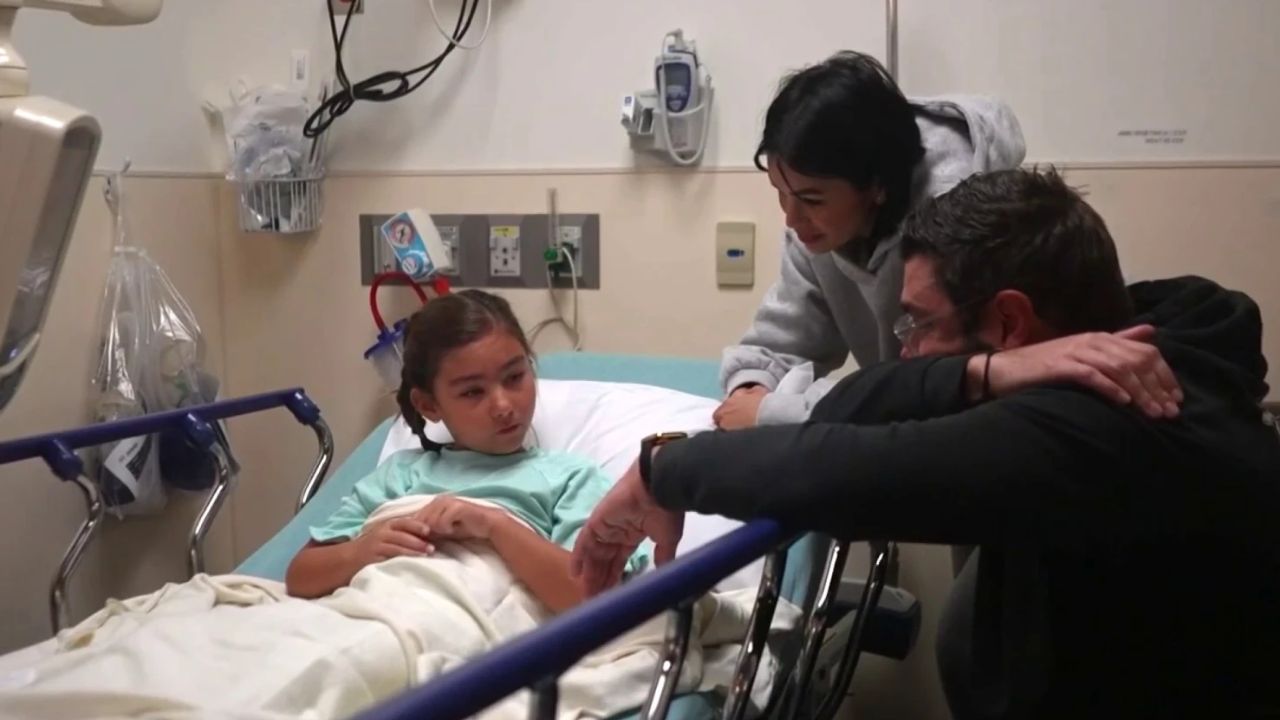Oro Valley, AZ – An 8-year-old girl born with a rare congenital condition called microtia faced far more than just a complex surgery to reconstruct her ear; her family endured a lengthy and stressful battle with their insurance company for coverage. Olivia Olson was born with her left ear underdeveloped, a condition affecting fewer than 200,000 people in the US, requiring highly specialized surgery that became a fight against Anthem Blue Cross and Blue Shield.
Despite the emotional and financial toll, Olivia’s parents, Annie and Dave Olson, persisted in securing the best possible care, advocating for their daughter’s future confidence and well-being. Their story highlights challenges many families face navigating insurance for rare medical treatments.
A Complex Surgery Needs a Skilled Specialist
Microtia requires reconstructive surgery that demands a surgeon with extensive experience due to the ear’s intricate anatomy. The Olsons chose Dr. Sheryl Lewin, a pediatric craniofacial plastic surgeon in Torrance, California, known for using 3D-printed implants to rebuild ears, a method believed to offer the best results for Olivia. However, Dr. Lewin was out-of-network for their insurer.
- Few doctors in the U.S. specialize in microtia surgery.
- Dr. Lewin performs about 120 microtia surgeries a year.
- The surgery often costs around $100,000.
- The common alternative involves rib cartilage grafts.
“The anatomy of an ear, it’s very complex, lots of detail, shadows, highlights, etc. If you don’t have a lot of experience, you’re going to end up with a lot of problems with this complicated of a surgery,” said Dr. Lewin.
Insurance Denials and the Fight for a Gap Exception
The Olsons faced repeated denials from Anthem Blue Cross and Blue Shield for coverage of the surgery with Dr. Lewin, as she was out-of-network. Their requests for a gap exception, allowing in-network benefits for an out-of-network specialist, were initially rejected. Instead, the insurer offered alternative in-network surgeons who did not perform the surgery.
“We got a denial letter, and it was literally like a stab in the heart… We’re like, what are we going to do now?” said Annie Olson.
Experts note that gap exceptions are typically approved for microtia surgeries, making the Olsons’ experience unusual and increasingly common in 2025 compared to previous years.
“Rarely will we get somebody that says, ‘No, we’re still not going to approve it,’” said Dr. Arturo Bonilla, a pediatric microtia surgeon who regularly secures such exceptions.
Financial and Emotional Strain on the Family
Faced with mounting denials, the Olsons had to fundraise, borrow money, and eventually used a substantial portion of Dave Olson’s 401(k) to pay for the surgery, despite the penalties involved.
- The surgery cost nearly $100,000.
- The family appealed multiple times without initial success.
- Withdrawal from retirement funds was a last resort to secure the surgery’s funding.
“It is my responsibility as a parent to make sure that my kids have everything they need,” said Dave Olson.
A Turning Point and Future Outlook
Just as Olivia was on the operating table, Anthem finally granted the gap exception, a move the family attributed to external media attention including coverage by NBC News.
Anthem made a unique one-time exception given the situation, though the delayed approval caused emotional strain and uncertainty for the family.
“We went through literally what felt like a battle every day… Then at the 11th hour during the surgery, you say they’re gonna cover it. It’s like, what? Why now?” Dave Olson remarked.
Looking ahead, Olivia expressed excitement about recovery and returning to a normal life with her new ear implant.
What do you think about the challenges faced by families seeking coverage for rare medical procedures? Share your thoughts in the comments below!


 by
by 

